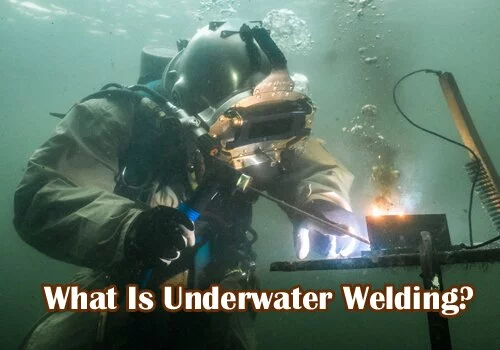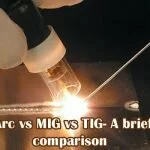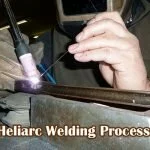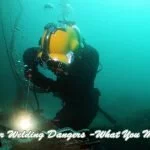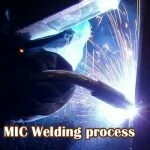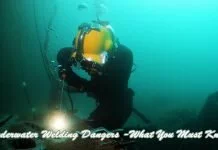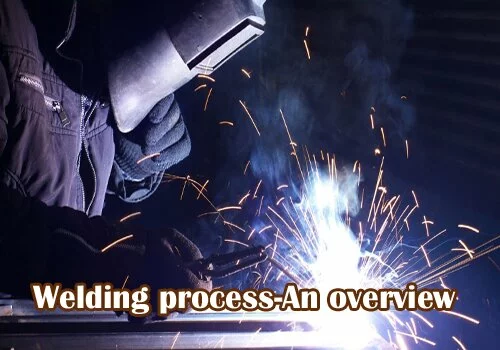Underwater welding is a type of welding which takes place under the water. In the underwater, various methods are used for welding. It does not have a mechanical barrier as it is used to separate the arc from the water. The article below helps you to get some information about the underwater welding.
Underwater Welding
Underwater welding takes place inside deep water. Metals are being melted underwater to create the new metal or to repair the damaged parts. The diver has a tank of nitrogen or argon used to blow a big bubble of gas around the working spot. The process of welding takes places inside the bubble. But in certain welding, it does not produce any bubble,because the electrode may produce the sufficient amount of gas. It is highly recommended to use the waterproof electrodes.
Environment
The environment around the workers seems to be wet, so they have to wear a dive suit and use the welding equipment which is used to manage the surrounding environment.
Equipment
The types of equipment used by the workers are safe enough to handle it. It reduces the electric shock and various dangers.
Applications
Underwater welding is used to repair the ships, working on the oil platform, maintain the pipelines in under water.
Categories
The two main categories of underwater welding are
- Wet underwater welding
- Dry underwater welding
Wet Underwater Welding
In the wet underwater welding, a metal arc is used. It consists of a waterproof electrode. With the help of cables and hoses, the welding power supply gets connected to the welding equipment. In this underwater welding, one can’t easily detect the problems. It seems to be the tough job to identify the detect the defects.
Dry Underwater Welding
In dry water welding, you can go up to 1000m deep to weld the metal parts. Here the welder works in an dry or semi- dry environment.
Methods
There are two methods involved in the underwater welding. They are:
- Hyperbaric Welding
- Arc Welding
Hyperbaric Welding
In hyperbaric welding, a structure is created around the weld and a pressurized environment gets created. It can take place in the water or in the dry areas.
Arc Welding
To preserve the integrity of the weld, the flux coating in the electrodes release some gasses.
Risks
The underwater welding produces shock, explosions and poisoning. It can be done only by the professionals having certification in both diving and welding. In rare cases, a part of the equipment may undergo electrical failure. The pressure changes can occur in the underground water and it affects the people. If the water penetrates into the skin of human body, it produces some changes in the body temperature leading to respiratory disorders. Wet underwater welding seems to be a risky job than dry underwater welding.
Before proceeding underwater welding, collect some information about it and then implement it by applying your effect. Share your experience with us.
